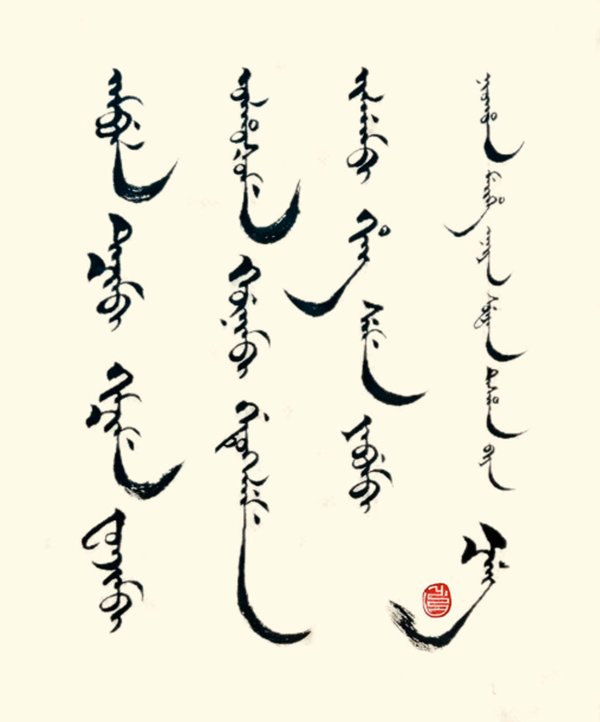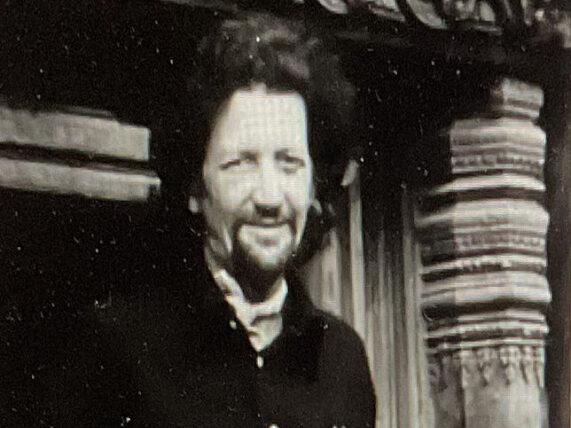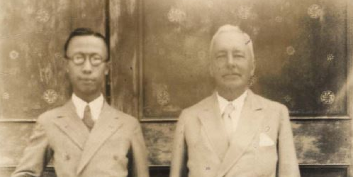The Tate Modern’s Hyundai Commission: Cecilia Vicuña’s Brain Forest Quipu

By Amelia Casey-Rerhaye, BA Arabic
The thing I love most about the annual Turbine Hall installation is the curious wonder you feel as you first walk into the enormous space. The knowledge that something grandiose and immense lies just beyond those glass doors thrills me every time. Chilian artist and poet Cecilia Vicuña responded ingeniously to the task she was given. The Brain Forest Quipu will be hanging in the Turbine Hall of the Tate Modern from the 11th October 2022 till 16th April 2023. It consists of two 27-metre mobile-like structures strung from the ceiling at either end of the hall. Each one is adorned with natural and found materials, interwoven and knotted, that reach down to the ground.
Two, pale, ghost-like sculptures are brought alive by the accompanying sounds and song playing from speakers within the structures themselves and under the main bridge. Using the ancient Andean tradition of the Quipu and her other signature styles, Vicuña has created a sacred space of mourning for the loss of the rainforests and indigenous lands of South America. The white materials provide a shock factor as they match the colour of draught bleached trees and animal bones. Yet, their skeletal presence does not make the space uninviting; contrastingly, its gentle movement and the soft sounds intermitted with long silences allow for a space ofcontemplation and reflection.
The interwoven bone-white materials of the Brain Forest Quipu are made up of unspun wool, rope, and other natural materials. Attached to these are objects from the banks of the river Thames, collected by local Latinx groups in London. In the press conference, Vicuña described her perception of objects as constantly in a precarious state of change. Her collection of found items entangled with an ancient tradition of storytelling forms deep connections between past and future, space, and time. Vicuña writes “The Earth is a brain forest, and the quipu embraces all its interconnections.”
“Chilian artist poet Cecilia Vicuña responded ingeniously to the task she was given”
The installation is multi-layered, with a soundscape labelled the ‘Sound Quipu’: eight hours of sound and silence directed by Colombian composer Ricardo Gallo. The noises range from indigenous music and natural sounds to compositional silences. Together, with the imposing structures of the Brain Forest, the sounds seem to embody the life and breath of the maltreated Earth we live on.
The third and final layer of the installation is the ‘Digital Quipu’. With screens set up around the space, videos are shown of indigenous people fighting for the land around them. The activists and land protectors of these videos give context to the exhibit. One short film from The Village Repúblicashows a young woman describing the destruction wrought by outsiders on their home – “we will take care of the land ourselves” she declared simply. These videos are also accessible online, creating a virtual audience, and using the Quipu for its purpose of drawing people, and space, together.
Cecilia Vicuña has lived a life brimming with passion and art, as a founding member of Artists for Democracy during the military coup in Chile she lived in exile in London in the 70s. When I asked her what she thought the younger generation could or should take away from the exhibit, she went back to the origins of the design. In her approach to the vast and seemingly cold space, she explained, she tried to imagine what could provide a warmer atmosphere to the space. To make it an area of ease and comfort she placed two sculptures in it, one as the mother and the other as the child. Focusing onintergenerational love, she opens the space up for warmth, she told me. We live in a society that has stripped us of our communal nature, love for ourselves, our bodies, and our health. As she spoke, the passion built behind her eyes whilst she stated that it is this intergenerational love that will change the world. It cannot be done by just the young, nor only the elders, but together we can reconstruct and save the world.
As I wandered out to the sunny banks of the river, I drifted between the long flowing wool and netting of the Brain Forest Quipu and gazed up at the suspended feathers and shells above me. The Quipu is an old tradition for storytellingand communicating that was once almost destroyed by colonial invaders, “Quipus were burnt, but the quipu did not die,” Vicuña wrote. Thinking of this, I couldn’t help but be hopeful for our Earth.
Photo Credit: Hyundai Commission: Cecilia Vicuña: Brain Forest Quipu Installation View at Tate Modern 2022 (Credit: Tate Photography Matt Greenwood).




